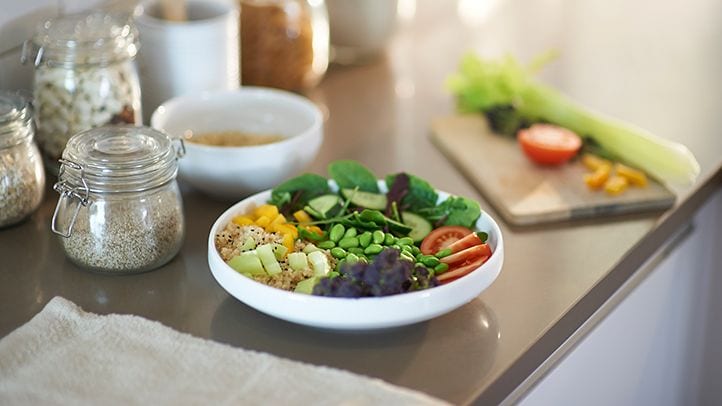Stroke is one of the most common cardiovascular diseases. Ethat is an acute violation of cerebral circulation, which, unfortunately, has a number of consequences for the person who has undergone it.
Depending on the severity of the lesion, nerve cells are damaged or die off. After the patient has been provided with medical care, there comes a period of rehabilitation after a stroke.
If a person has retained the ability to swallow, as well as move and talk, then he should carefully follow all the prescriptions of the attending physician and a certain diet. This is necessary in order to reduce the risk of recurrent stroke, as well as contribute to a speedy recovery.
Nutrition is an important part of the treatment program. It is in your power to make each meal not only enjoyable, but also a small step towards recovery.
Make sure that the patient’s diet contains:
- Whole grain cereals are high in fiber. It will lower cholesterol levels and help cleanse the body of toxins.
- Vegetables and fruits. By collecting a rainbow of flowers on one plate, you can be sure you are providing your body with the nutrients it needs. Red apples or cabbage, orange oranges, carrots or pumpkin, yellow peppers, green cucumbers, asparagus or broccoli, blue plums, dark blue grapes, purple eggplants. They can be fresh, frozen or dried.
- Fish: salmon and herring.
- Protein found in lean meat and poultry, nuts, beans, peas.
Limit your use:
- Salt and salty foods.
- Refined sugar. Excess sugar intake is directly linked to hypertension, type 2 diabetes and obesity, which are the risks of recurrent stroke.
- Convenience foods and processed canned foods that also contain too much sodium (salt) and unhealthy additives.
- Alcohol, of course.
- Trans fat: fried food, cookies, cakes.
Remember that simple healthy eating habits help you reduce three factors that contribute to stroke: high cholesterol, high blood pressure, and being overweight. Introduce them gradually into your life and the life of your loved ones.
- Eat a variety.
- Eat 5 servings of different vegetables every day.
- Drink plenty of water: in the morning, before meals and throughout the day, at least 1,5 liters.
- Carefully read the composition on the products and resolutely refuse harmful components. Choose healthy food and be healthy yourself.










